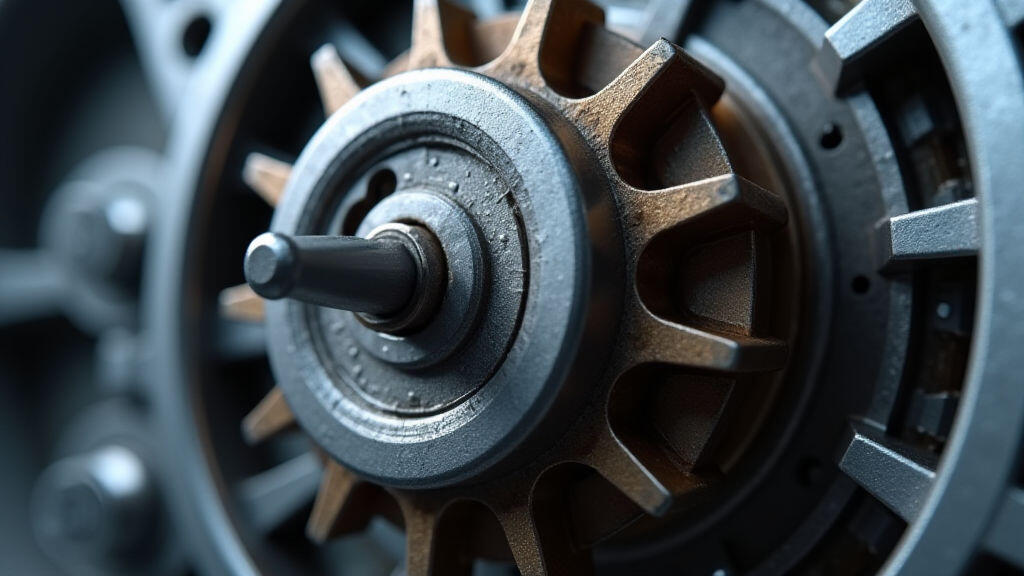Anjing Road, Xiaolan, Zhongshan, Guangdong, China
info@mes-drive.com
08.00 AM-09.00 PM

The manufacturing industry is undergoing a rapid transformation. Driven by the relentless march of Industry 4.0 and a growing need for increased efficiency and flexibility, automated production lines are becoming increasingly prevalent. These lines are the backbone of modern manufacturing, enabling businesses to meet rising customer demands while optimizing costs. At the heart of many automated systems lies the humble, yet critical, gear motor. Choosing the right gear motor model and ensuring its correct matching to the application is no longer an optional step; it’s a cornerstone of successful production line upgrades. This guide delves into the factors influencing gear motor selection, provides practical considerations, and highlights the benefits of partnering with experts like MES-Drive to achieve optimal performance and longevity.
Gear motors are electromechanical devices that combine the functionality of an electric motor with a gearbox. The gearbox reduces the motor's high speed and torque, providing the necessary power for various applications, from precision positioning in robotic arms to driving conveyor belts and automated packaging systems. In automated production lines, gear motors are indispensable for:
Selecting the right gear motor isn't a one-size-fits-all approach. It requires a thorough understanding of critical specifications:

Define the Requirements: The very first step involves a detailed analysis of the application. Precisely identify the required torque, speed, acceleration, and deceleration profiles. Consider the dynamic loads (sudden changes in torque) and the operating environment. This analysis is best performed with input from mechanical engineers and automation specialists.
Calculate the Required Torque: This is a critical calculation. Consider the load mass, gravitational forces, friction, and desired acceleration. Using load calculations software can assist in this step.
Select the Motor Type: DC motors, AC induction motors, and servo motors are common choices. DC motors offer good torque control, while AC motors are generally more robust and cost-effective for continuous operation. Servo motors offer precise positioning and feedback control, ideal for robotic applications.
Determine the Gear Ratio: Once the motor torque and speed are defined, select a gear ratio that optimizes performance. A higher gear ratio will increase torque but reduce speed.
Consider Efficiency and Reliability: Prioritize motors with high efficiency and robust construction to minimize energy consumption and ensure long-term reliability.
Navigating the complexities of gear motor selection and matching can be challenging. MES-Drive offers comprehensive solutions, from initial consultation and application analysis to customized gear motor designs and ongoing support. Our team of experienced engineers can:

The gear motor market is evolving rapidly, driven by advancements in technology and the increasing demand for automation. Several emerging trends are shaping the future of gear motor technology:
These developments are particularly relevant in the context of the current global economic climate, where companies are increasingly focused on sustainability and operational efficiency. By embracing these trends, manufacturers can enhance their competitiveness and prepare for the future of Industry 4.0. The recent focus on supply chain resilience also makes having reliable gear motor partners like MES-Drive paramount.
Selecting and matching gear motors is a crucial step in upgrading and optimizing automated production lines. By understanding the key specifications, following a structured selection process, and partnering with experts like MES-Drive, businesses can ensure that their automation investments deliver maximum value. As Industry 4.0 continues to accelerate, gear motor technology will play an even more pivotal role in driving efficiency, flexibility, and sustainability in manufacturing. Investing in high-quality, intelligently designed gear motors is not just about powering machinery; it’s about powering the future of manufacturing. MES-Drive is committed to helping you navigate this evolving landscape and achieve your automation goals.
Leave A Reply
Your email address will not be published. Required fiels are marked